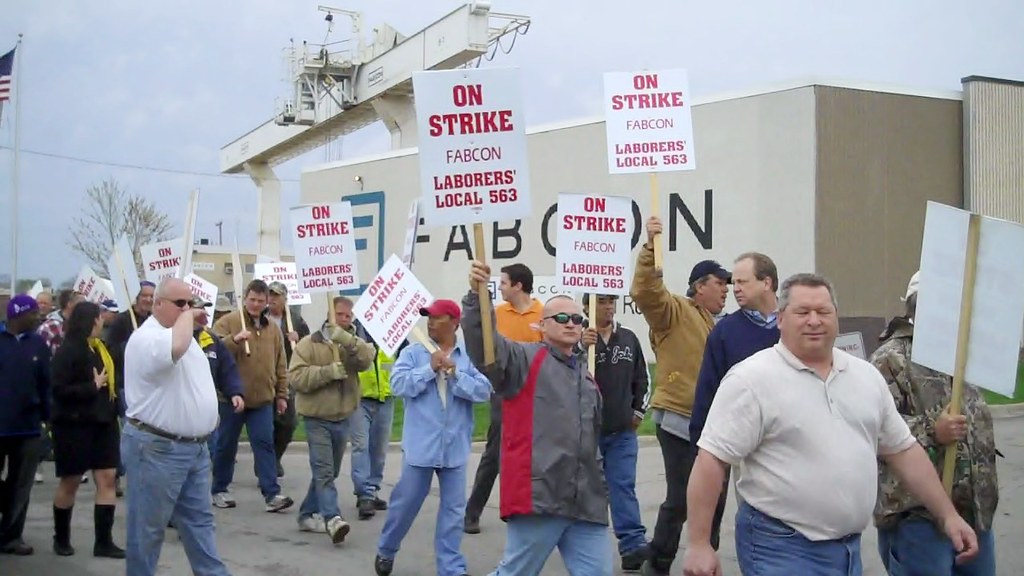The Great Awakening: How 2023 Changed Everything
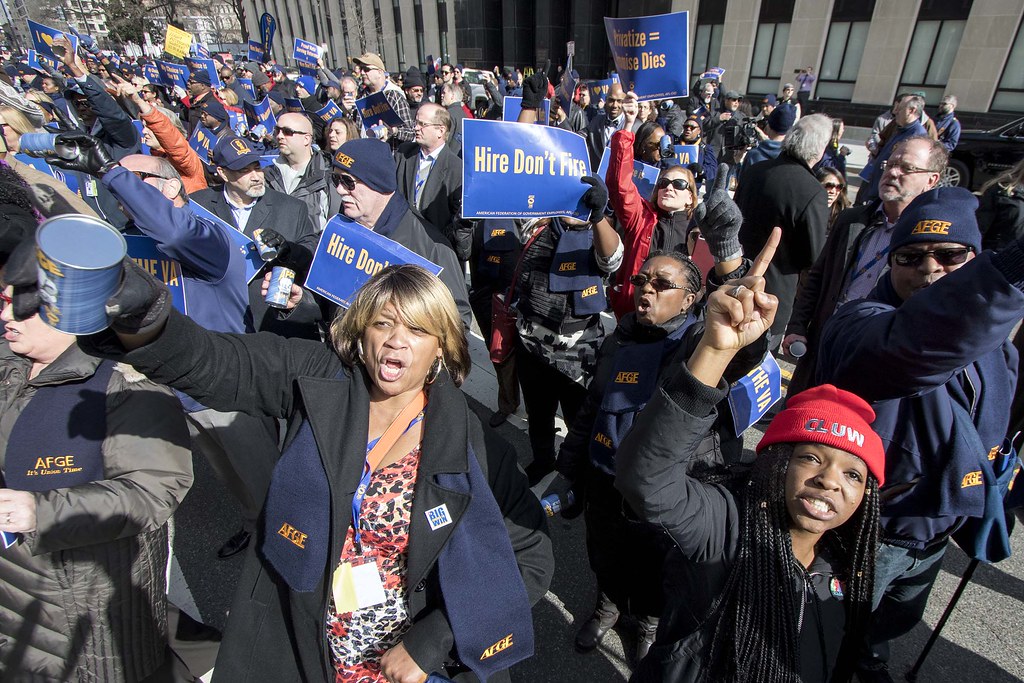
Something extraordinary happened in 2023 that nobody saw coming. Workers across America suddenly remembered they had power, and they weren’t afraid to use it. 2023 was the most active year overall for major labor disputes in more than two decades, with 30 major stoppages beginning through the end of November – the most of any year since 2000. The 2023 stoppages involved a total of 464,410 workers, the second-most since 1986, and several lasted long enough to generate 16.7 million total days idle, more than any year since 2000.
The numbers tell a story of defiance that hadn’t been seen in decades. More than 16.2 million workers were represented by unions in 2023, an increase of 191,000 from 2022, and workers filed petitions for union elections in record numbers and captured significant wage gains through work stoppages and contract negotiations. This wasn’t just another year of labor disputes – it was a revolution in slow motion.
Hollywood’s Historic Double Strike: When the Stars Aligned

The nearly four-month actors’ strike against major Hollywood production studios was the second-largest labor dispute in the United States in at least three decades, with the Screen Actors Guild-American Federation of Television and Radio Artists (SAG-AFTRA) strike idling 160,000 workers for 82 workdays. From July 14 to November 9, 2023, SAG-AFTRA went on strike over a labor dispute with the Alliance of Motion Picture and Television Producers (AMPTP), marking the longest actors’ strike against the film and TV studios in Hollywood history.
The writers joined the fight even earlier. On May 2, 2023, the WGA officially went on strike following ongoing labor disputes with the Alliance of Motion Picture and Television Producers (AMPTP), the first of this scale since the 2007-2008 strike, and the SAG-AFTRA joined the movement roughly two months later, consequently launching the first joint strike since 1960. It was the second time two Hollywood labor unions were striking simultaneously — the first having occurred in 1960 – and both labor disputes have caused the largest interruption to the American film and television industries since the onset of the COVID-19 pandemic in 2020.
The Auto Workers’ Stand Up Strike: Detroit’s Defiant Moment
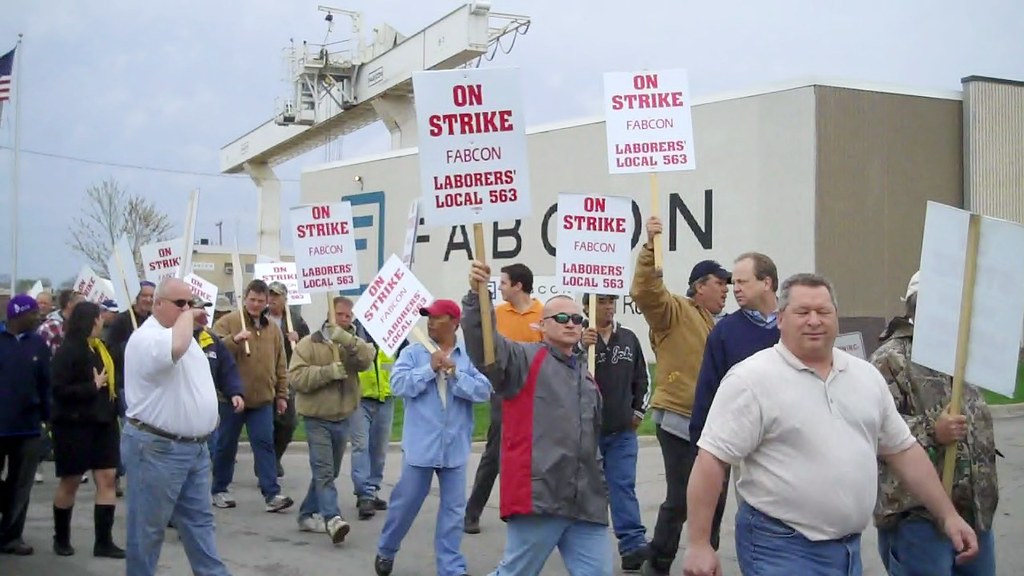
The 2023 United Auto Workers strike involved automobile workers in the labor union United Auto Workers (UAW) and the three unionized automakers in the United States—Ford Motor Company, General Motors, and Stellantis, with these three automakers’ factories combined employing about 145,000 UAW members and producing about 50 percent of the vehicles manufactured annually in the US. Nearly one in 10 of America’s unionized auto workers went on strike Friday at Detroit’s three automakers, with about 13,000 U.S. auto workers stopping making vehicles and going on strike after their leaders couldn’t bridge a giant gap between union demands in contract talks and what Detroit’s three automakers were willing to pay.
Fain’s so-called “stand up” strike strategy was intended to keep Ford, General Motors and Stellantis on their toes with sudden, targeted strikes at strategic locations, rather than having all of the nearly 150,000 UAW auto workers walk off their jobs at once. The strategy worked brilliantly. After the historic Stand Up Strike, UAW members at Ford, General Motors and Stellantis voted to ratify their new contracts, locking in record gains at the Big Three automakers, with 64% of voting members voting in favor of the agreements across the three companies.
The Price of Victory: What Workers Actually Won

The results were nothing short of spectacular. The companies agreed to dramatically raise pay for top-scale assembly plant workers, with increases and cost-of-living adjustments that would translate into 33% wage gains, and top assembly plant workers were to receive immediate 11% raises and would earn roughly $42 an hour when the contracts expired in April of 2028. Under the agreements, the automakers also ended many of the multiple tiers of wages they had used to pay different workers and agreed in principle to bring new electric-vehicle battery plants into the national union contract.
The financial impact was staggering. Deutsche Bank recently estimated the overall cost increase of the agreement at Ford to be $6.2 billion over the term of the agreement, $7.2 billion at GM, and $6.4 billion at Stellantis, with Ford saying the UAW deal would add $850 to $900 in costs per vehicle assembled. But workers finally felt like they were getting their fair share after decades of stagnation.
The Ripple Effect: How Success Breeds Success

Three non-union, foreign automakers in the United States — Honda, Toyota and Hyundai — quickly responded to the UAW contract by raising wages for their factory workers after Fain said the UAW would mount an aggressive effort to unionize their plants. This wasn’t just about one victory – it was about changing the entire landscape of American labor.
The success in Detroit didn’t go unnoticed. Fain said the UAW plans to use these record deals to assist in its embattled organizing efforts, including at auto companies outside of the three Detroit automakers, citing talks with the “big five or big six” automakers. Other unions started taking notes, and workers everywhere began to believe that maybe, just maybe, they could win too.
The Healthcare Heroes: Kaiser Permanente’s Massive Walkout

A strike by a coalition of unions against health care company Kaiser Permanente involved 75,600 workers for three workdays, resulting in 226,800 days idle. This wasn’t just about money – it was about the very soul of American healthcare and the people who keep it running.
Healthcare workers had been pushed to their breaking point during the pandemic, working in dangerous conditions while watching their compensation stagnate. The Kaiser strike represented something deeper: the recognition that essential workers deserved more than just applause from their windows. They deserved real compensation and respect for the life-saving work they do every single day.
The Education Uprising: When Teachers Said Enough
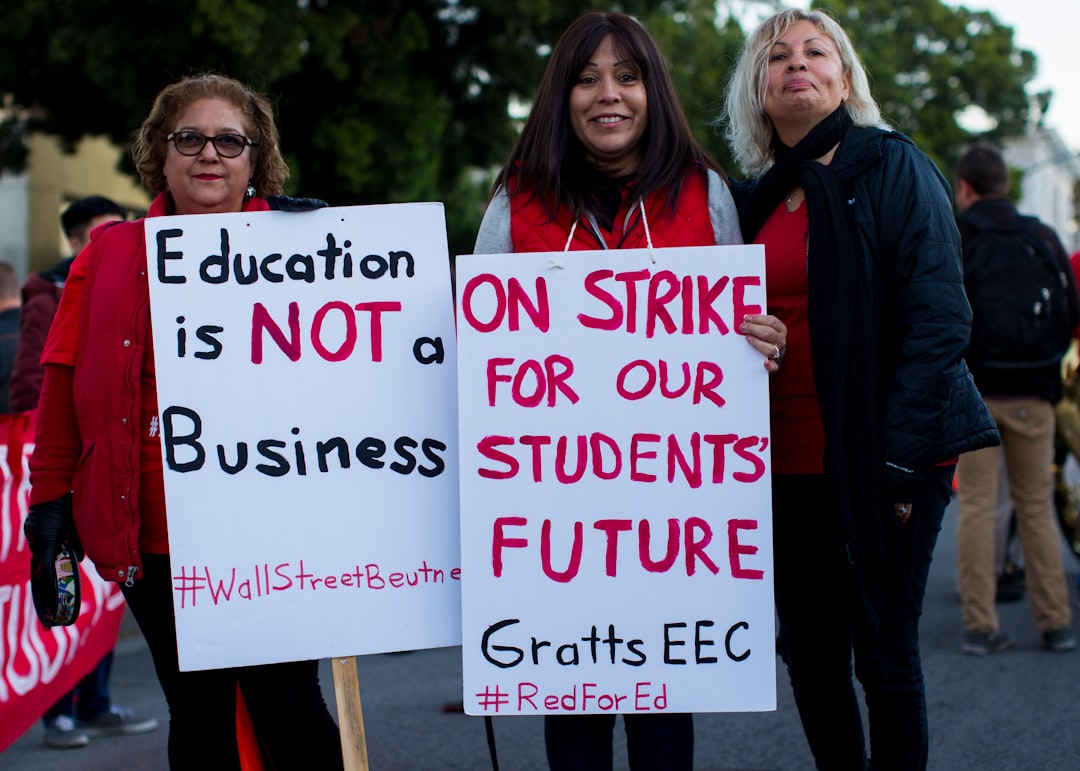
Major work stoppages in recent years have tended to occur in two service sectors: education and health care, with nearly two-thirds (65%, or 79 out of 122) of all major stoppages that began between January 2018 and November 2023 occurring in those two sectors. Teachers have been at the forefront of America’s labor awakening, refusing to accept poverty wages for one of society’s most important jobs.
These weren’t just strikes about pay – they were about the future of American education itself. Teachers walked out demanding smaller class sizes, better resources for students, and an end to the systematic underfunding of public schools. The report found workers were demanding “better pay, improved health and safety and increased staffing,” with most work stoppages lasting a short period of time – 62% lasted fewer than five days.
The Graduate Student Revolution: Fighting for Academic Justice

The University of Michigan strike was the longest major work stoppage in 2023 and the longest strike in the history of the union and university, representing an example of the growing wave of labor actions among graduate student workers in recent years. These young academics weren’t just fighting for themselves – they were fighting for the future of higher education.
Graduate students across the country realized they were being exploited, doing the bulk of university teaching and research while being paid subsistence wages. On June 6, a strike by some 1,200 student workers at Western Washington University in Bellingham, Wash. ended after beginning on May 28, with the union winning layoff protections, expanded leave, mental health support and wage adjustments. Their courage inspired others to demand dignity in academia.
The Starbucks Rebellion: Coffee and Courage
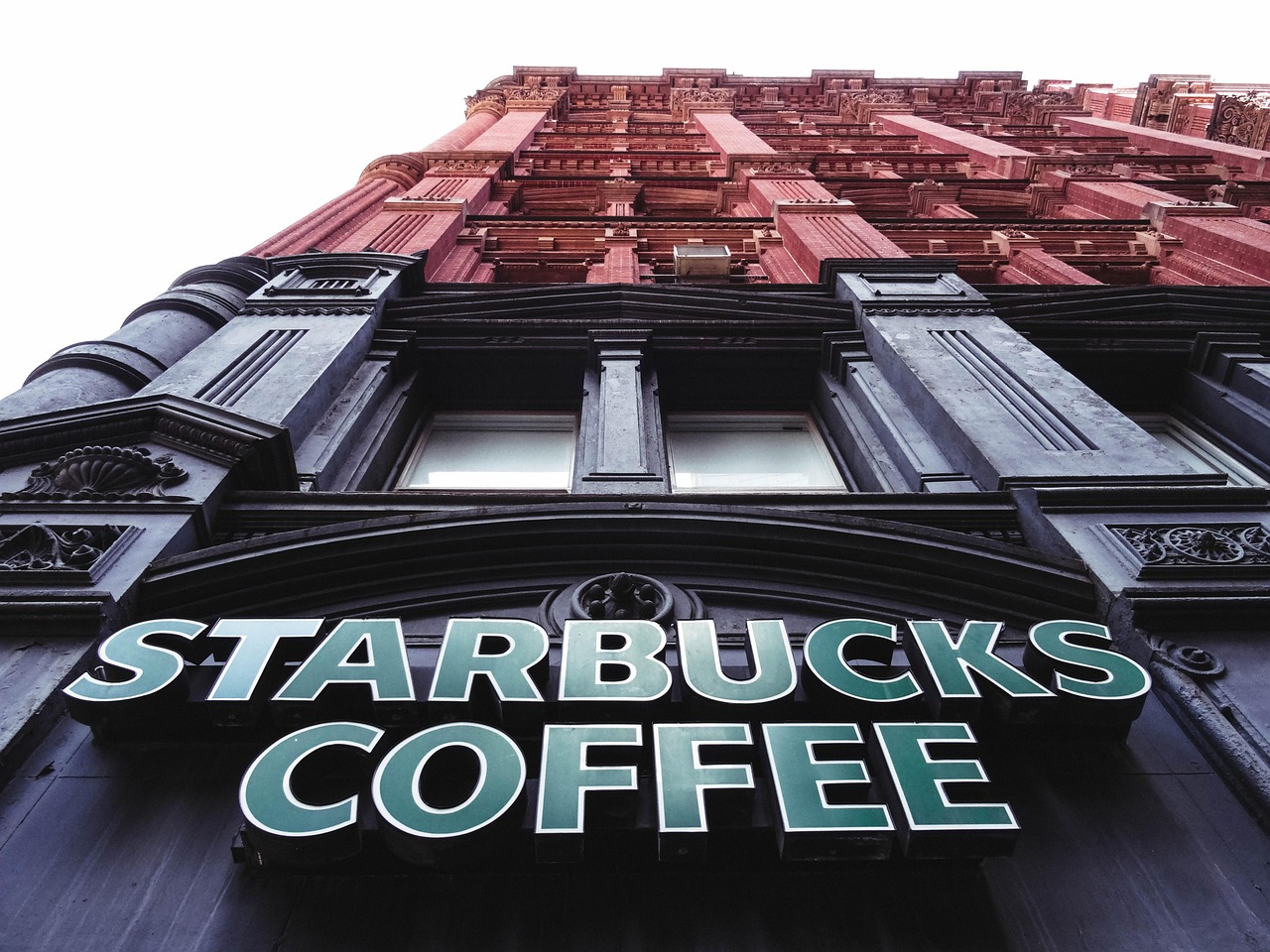
On November 16, 2023, more than 5,000 Starbucks workers went on strike in protest of the company’s refusal to bargain in good faith to reach a first contract, with the one-day strike organized to coincide with Starbucks’ “Red Cup Day” promotion, which historically is one of the company’s busiest days. Since December 2021, workers in 43 states, at 391 of Starbucks’s U.S.-based company-owned stores, have voted to unionize.
The Starbucks campaign became a symbol of worker power in the service industry. Young baristas, many earning low wages while dealing with difficult customers and demanding schedules, showed that even the most corporate-controlled workplaces could be challenged. Their red cups became symbols of rebellion, proving that solidarity could bloom even in the most unexpected places.
The Strike Wave Spreads: Beyond the Headlines

There were 470 work stoppages in 2023, including 466 strikes and four lockouts, with approximately 539,000 workers involved in these work stoppages, representing an increase of 9% from 2022 to 2023. The number of workers involved in work stoppages increased by 141% from 2022 to 2023.
The majority of work stoppages in 2023 were in the accommodation and food services industry — about one-third of all stoppages. Workers in hotels, restaurants, and service industries finally said they’d had enough of poverty wages and dangerous working conditions. Since July 2024, workers with United Here Local 11 have staged strikes at multiple hotels in Los Angeles, with the union bargaining with the Coordinated Bargaining Group for higher wages, better benefits and improved working conditions, and permanent jobs for replacement workers.
The Technology Workers’ Awakening: When Silicon Valley Struck Back

AT&T Southeast Strike ended with CWA winning strong tentative contract agreements at AT&T Southeast and AT&T West, while the New York Times Tech Guild ended their strike but continued their contract fight. Even workers in the tech industry, long considered immune to labor organizing, began to flex their collective muscles.
The New York Times Tech Guild strike was particularly symbolic. These were highly skilled workers at one of America’s most prestigious news organizations, showing that even white-collar professionals could benefit from union representation. Their strike demonstrated that labor organizing wasn’t just for factory workers – it was for anyone who wanted dignity and respect in their workplace.
The Human Cost: Stories Behind the Statistics

Behind every strike statistic was a human story. The union gradually added plant strikes as part of its targeted, or “stand-up,” strike strategy, meaning members who were part of the initial strikes or were laid off due to the work stoppages were not paid beyond $500 weekly strike pay for nearly six weeks, while others were never called on to stop working. Workers sacrificed their paychecks, their savings, and sometimes their homes to fight for something better.
The courage required to walk away from a paycheck, especially in uncertain economic times, cannot be overstated. UAW members will continue to pay slightly higher union dues until their strike fund reaches $850 million, with the fund having roughly $825 million prior to the strike, and funding the most recent strike likely putting the fund over $100 million below its $850 million target. Workers understood that solidarity had a price, and they were willing to pay it.
The Corporate Response: When Employers Push Back

Industry veterans warned of a long strike, with studio executives planning to “let it bleed out,” and with the Alliance of Motion Picture and Television Producers planning to dig in hard through the fall before even entertaining the idea of more talks with the WGA, with “late October, for sure” being the intention. The studios and streamers believed that financially strapped writers would eventually go to WGA leadership and demand they restart talks, feeling they would be in a position to dictate most of the terms of any possible deal.
The corporate strategy was cruel but predictable. The AMPTP would not negotiate with the WGA until October at the earliest, with one studio executive saying, “The endgame is to allow things to drag on until union members start losing their apartments and losing their houses,” a quote that received attention and backlash from both Hollywood outlets and non-Hollywood outlets. But workers had learned to expect such tactics and prepared accordingly.
The Victory Lap: What Changed Forever
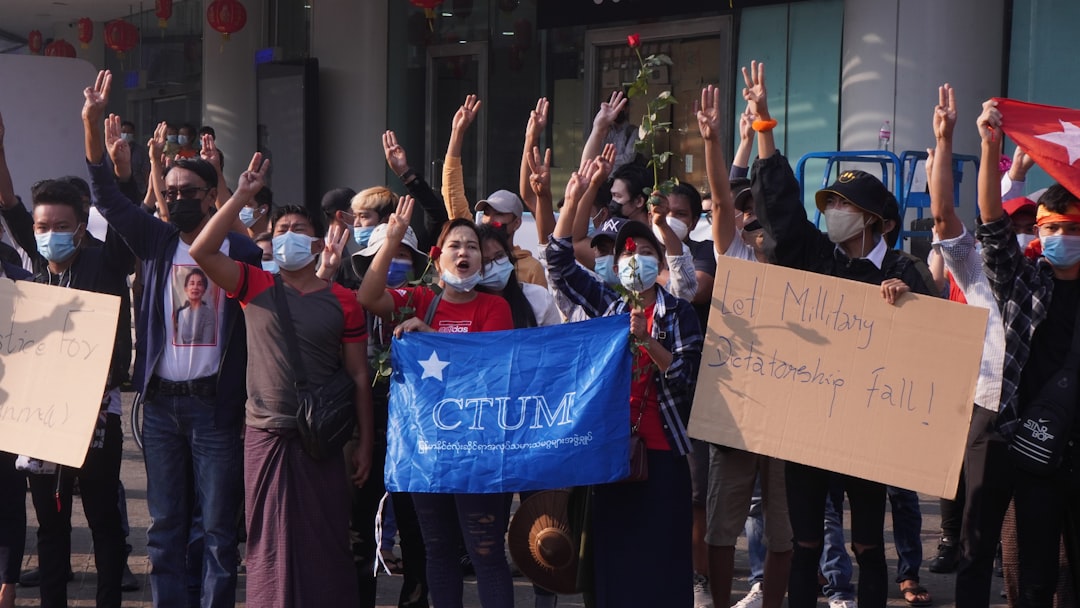
The most recent data from the Bureau of Labor Statistics show that 271,500 workers were involved in “major work stoppages” in 2024, with the number of workers involved in these stoppages decreasing by 41% compared with 2023 but remaining elevated compared with strike activity in the early 2000s and 2010s. Even as the numbers declined, the impact continued to reverberate.
The strikes of 2023 created a new template for worker power in America. In recent years, workers’ interest in unions has surged, with the number of union election petitions filed at the National Labor Relations Board (NLRB) doubling since 2021, and public support for unions reaching a 60-year high. Workers had tasted victory, and they wanted more.
The Road Ahead: What Comes Next
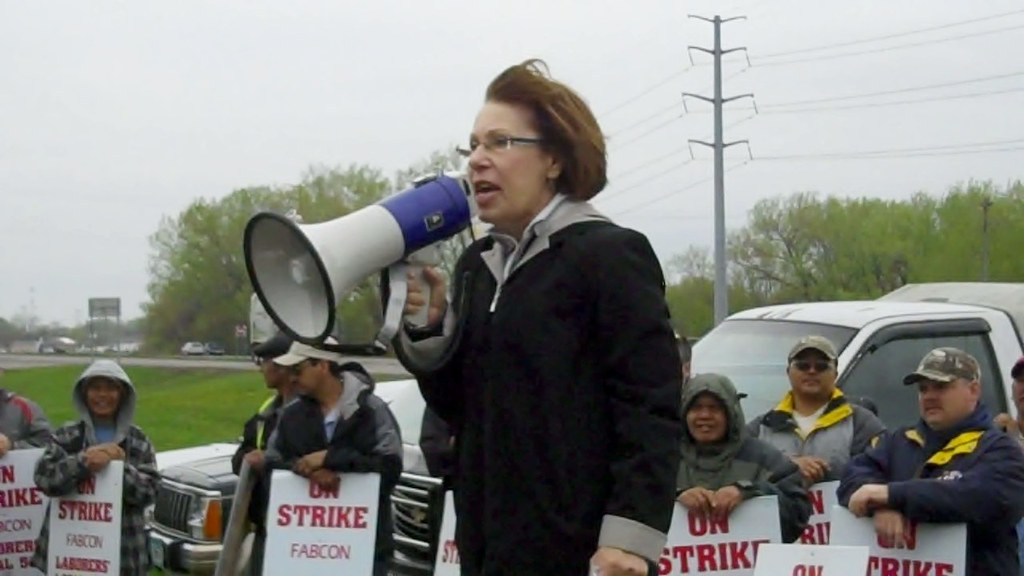
Strike actions are rising, with federal data showing there were 345 labor actions in 2024 and 121 actions so far in 2025. There have been 121 labor actions so far in 2025. The momentum hasn’t stopped – if anything, it’s accelerating.
The strikes of 2023 weren’t just about winning better contracts. They were about fundamentally changing the relationship between workers and employers in America. The growing number of workers involved in collective action should come as no surprise, as the United States has been experiencing decades of high and rising income inequality, largely stemming from an unequal balance of power in the labor market. Workers finally decided they’d had enough of being powerless.
The year 2023 will be remembered as the moment when American workers remembered they had a voice, and they used it to demand dignity, respect, and a fair share of the prosperity they helped create. The strikes weren’t just about money – they were about the fundamental question of what kind of society we want to live in, and whether working people deserve to thrive, not just survive.

